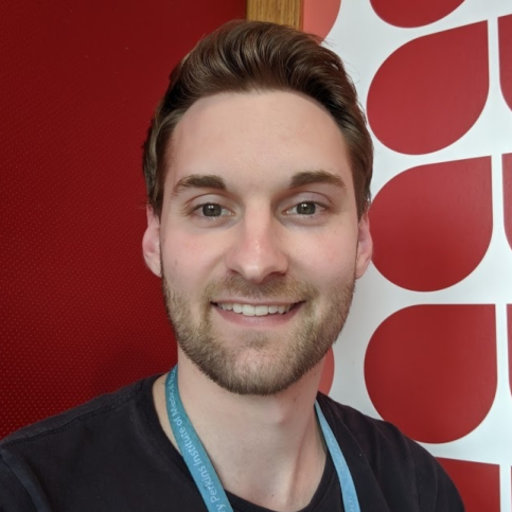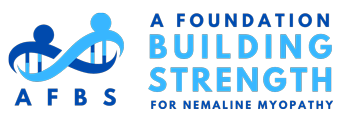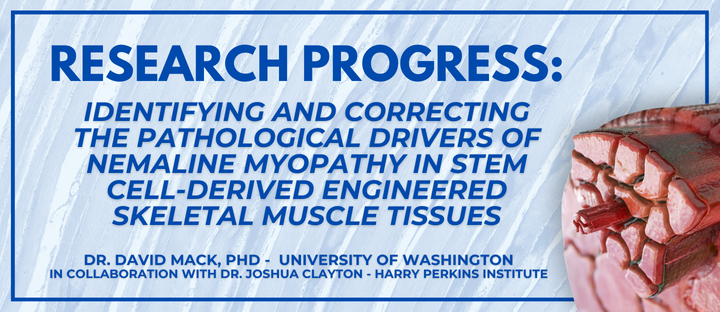Unraveling the Mysteries of Nemaline Myopathy: A Transcontinental Effort
The quest to understand and treat Nemaline Myopathy (NM) has taken a significant leap forward, thanks to a powerful collaboration between researchers across the globe. Dr. David Mack and his team at the University of Washington, in partnership with Dr. Joshua Clayton from Prof. Nigel Laing’s lab at the Harry Perkins Institute in Perth, Australia, are making groundbreaking discoveries using innovative 3D muscle models.


Their focus remains on NM caused by mutations in the ACTA1 gene, a key player in muscle function. But this time, they’ve expanded their model system to include stem cells from two additional NM patients – one with a dominant ACTA1 mutation and one with a recessive mutation. This broader representation of the disease is crucial for understanding its diverse manifestations and developing targeted therapies.
New Models, New Insights: The Power of Collaboration
The collaboration has already yielded impressive results. The team has successfully generated new 3D engineered muscle tissues (EMTs) from these additional patient cells, opening doors to explore the specific effects of different ACTA1 mutations. Preliminary data hints at potential contractile deficits in these new models, reinforcing the link between ACTA1 mutations and muscle weakness.
But perhaps the most exciting insights lie in the observation of muscle development in the EMTs. While nemaline rods– the hallmark protein aggregates that give the disease its name– were not initially apparent in the 3D muscle models, further investigations revealed the presence of disorganized sarcomere structures at the 21 day mark. Further observation is needed to see if these impaired sarcomeres produce rod structures in later stages of muscle development. If this production is observed, it could suggest that nemaline rod formation may be a dynamic process, offering new insights into the disease’s progression and potential therapeutic targets.
Understanding Nemaline Rods: A Key to Unlocking Treatments
The ability to study nemaline rod formation in a controlled laboratory environment is a game-changer. It allows researchers to delve deeper into the mechanisms behind their formation and explore ways to prevent or reverse their accumulation. This knowledge could pave the way for the development of novel therapies that target the root cause of NM, rather than just managing its symptoms.
The Road Ahead: A Future of Hope
With these new 3D muscle models and a deeper understanding of nemaline rod formation, Dr. Mack and his collaborators are well-equipped to continue their quest for effective NM treatments. Their next steps will focus on testing various therapeutic interventions, including gene correction, small molecule drugs, and strategies to boost compensatory mechanisms within muscle cells.
The collaboration between Dr. Mack and Prof. Laing’s team exemplifies the power of international cooperation in tackling complex diseases. By sharing knowledge, resources, and expertise, they are accelerating progress towards a brighter future for individuals and families affected by NM.
Call to Action
Stay tuned for updates on this groundbreaking research. Your support is crucial! Consider donating to A Foundation Building Strength to fuel vital research like this and bring hope to the NM community.
Stay up-to-date with our latest research developments by joining our email list!


Hi
I am a 31-year-old girl from Iran, suffering from a very rare type of nemaline myopathy.
It was not possible to diagnose my disease in my country, and genetic testing was performed abroad.
I request you to keep me informed if you have any information about the treatment of this disease.
The best way to stay informed about the latest research and possible future treatments is to complete the AFBS NM Contact Survey: https://www.surveymonkey.com/r/AFBS-Contact-List. We will add you to our e-news and keep you informed on the latest NM progress!